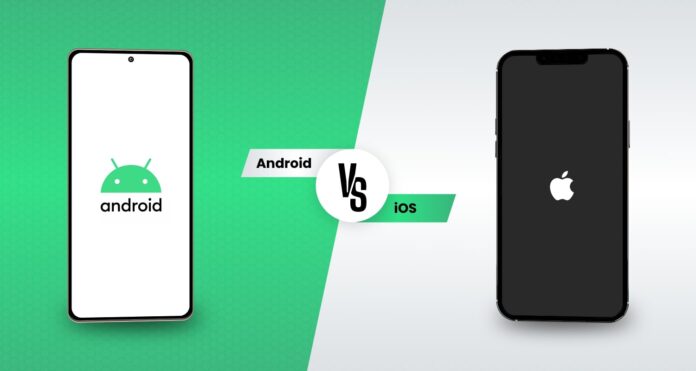Diving into mobile app creation? It’s an exciting world out there! One big choice ahead: iOS or Android? Each has its own perks and quirks. The platform you pick can really set the vibe for your app’s adventure. So, let’s deep dive into iOS and Android and get you all set to make your pick!
1. Target Audience
iOS:
- Often, iOS users have a bit of extra cash and are tech enthusiasts.
- iPhones and iPads? Big hits with the business crowd and artsy types.
- Eyeing a posh or specific group? iOS might be your jam.
Android:
- On a global scale? Android’s got the bigger piece of the pie.
- Android peeps come from all walks of life and wallets.
- Want an app for the everyday user and cast a wide net? Androids in your corner.
2. Development Environment
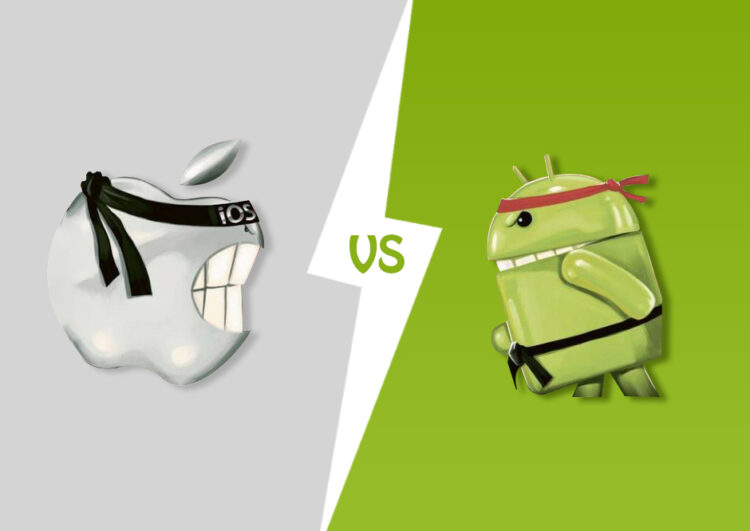
iOS:
Development for iOS requires a Mac computer and using Xcode, Apple’s official integrated development environment (IDE). Xcode is known for its robust debugging tools and extensive documentation.
Android:
Android app development can be done on Windows, Mac, or Linux, providing more flexibility. Android Studio, the official IDE, offers a rich set of features and excellent emulator support.
3. Programming Languages
iOS:
iOS app development primarily relies on Swift, a modern, user-friendly language developed by Apple. Objective-C is still used in some legacy projects.
Android:
Android app development uses Java or Kotlin. Kotlin, a more modern language, has gained popularity due to its conciseness and safety features.
4. Development Time and Cost
iOS:
Developing for iOS can be faster due to a more controlled ecosystem with fewer device variations. However, the cost of owning a Mac and Apple developer account can be a barrier.
Android:
Developing for Android might take longer due to device fragmentation and testing across various screen sizes and versions. The Android development environment is more accessible, as you can work on any computer.
5. App Store Policies
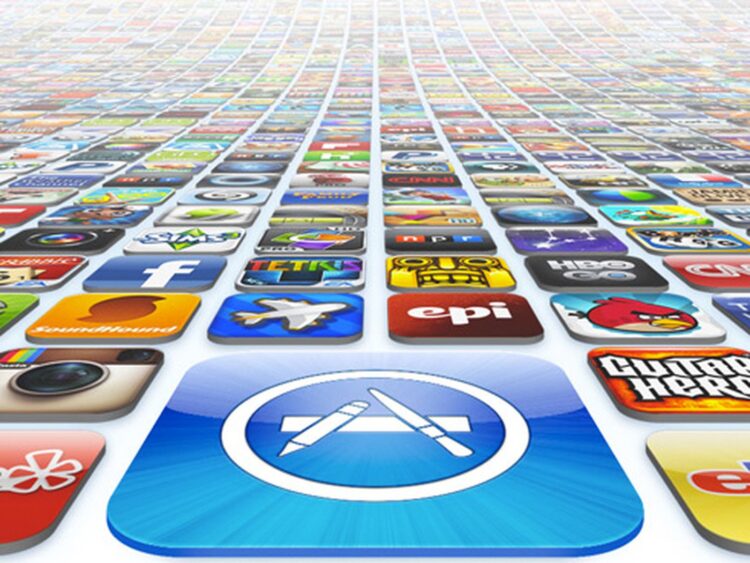
iOS:
Apple’s App Store has stringent review guidelines, which can delay the release of your app. They also take a 30% commission on app sales and in-app purchases.
Android:
- The Google Play Store has more relaxed review policies, resulting in quicker app approval times.
- Google charges a similar 30% commission, although there is some flexibility for subscriptions and services.
6. Monetization Options
iOS:
iOS users are generally more willing to pay for apps and in-app purchases. Subscription-based models are popular on iOS.
Android:
Ad-supported apps tend to perform well on Android, as users are less likely to pay for apps upfront. In-app advertising and freemium models are common on the Android platform.
7. Design Guidelines
iOS:
Apple’s Human Interface Guidelines emphasize clean, minimalist design with a focus on user experience. Apps that adhere to these guidelines often receive better user reviews and ratings.
Android:
Material Design, Google’s design language, emphasizes a visually appealing and intuitive user interface. While Android allows for more customization, it’s essential to maintain consistency with Material Design principles.
8. Fragmentation and Device Compatibility
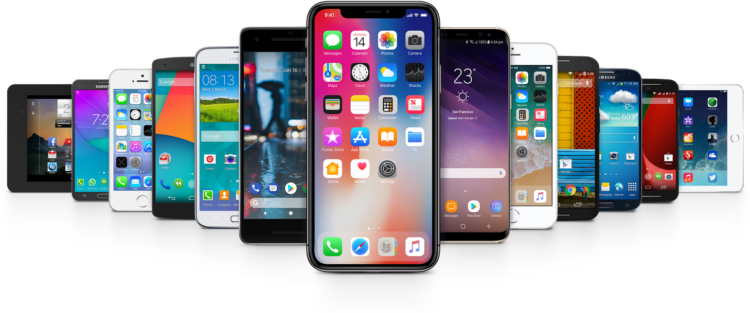
iOS:
iOS devices have a limited range of screen sizes and resolutions, resulting in less fragmentation. This simplifies design and testing but might limit your potential audience.
Android:
Android’s extensive device diversity can be a challenge for developers. You must ensure your app works well on various screen sizes, resolutions, and hardware specifications.
9. Updates and Maintenance
iOS:
iOS users tend to adopt the latest OS updates quickly, simplifying the maintenance of your app. You’ll need to keep up with Apple’s guidelines and update your app accordingly.
Android:
Android users might not update their devices or apps as promptly, making it essential to support older versions for a more extended period. This can increase your development and maintenance workload.
10. Global Reach
iOS:
iOS has a strong presence in North America, Europe, and some parts of Asia. If your target market is primarily in these regions, iOS might be sufficient.
Android:
Android dominates in many emerging markets, including Africa and parts of Asia. If you aim for a global audience, Android’s broader reach could be advantageous.
11. Device Performance and Hardware
iOS:
Apple’s hardware and software integration results in smooth performance.
Enhanced Augmented Reality (AR) and Virtual Reality (VR) experiences with devices like iPhone 12 Pro and iPad Pro.
Android:
Diversity in hardware means varying levels of performance. Custom hardware features like foldable screens or stylus support offer unique user experiences.
12. Integration with Other Devices
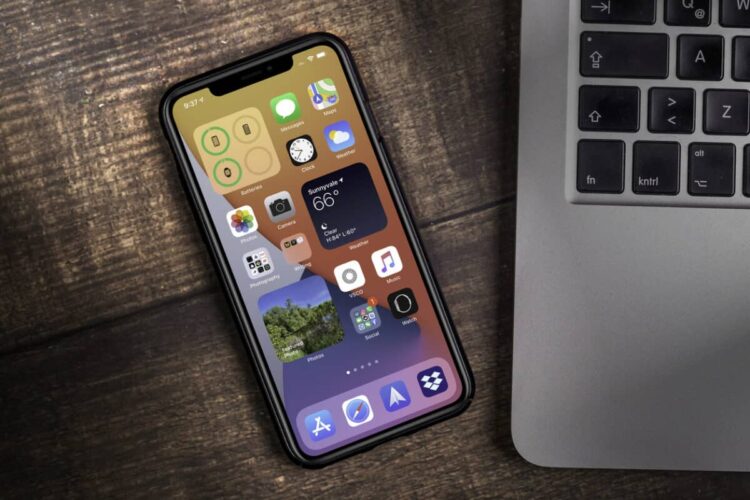
iOS:
Apple’s ecosystem, including Mac, iPad, Apple Watch, and Apple TV, offers seamless integration. Features like Handoff and Universal Clipboard make multi-device usage effortless.
Android:
Android’s open ecosystem allows for integration with a myriad of devices. However, the experience may not always be as seamless due to device and brand variations.
13. Developer Support and Community
iOS:
Apple provides extensive documentation, tutorials, and forums for developer support. WWDC, Apple’s developer conference, offers insights into the latest trends and best practices.
Android:
A vast community of developers means an abundance of third-party tutorials, forums, and tools. Google’s Android Developer Summit provides valuable updates and networking opportunities.
14. Feedback and User Reviews
iOS:
The App Store offers developers insights into user reviews and feedback. Apple’s Beta Software Program allows developers to gather feedback before a public release.
Android:
Google Play Console provides detailed user feedback, including crash reports. Google’s Play Beta Testing offers developers a chance to test their apps with a specific user group.
15. Security and Privacy
iOS:
iOS is renowned for its stringent security measures. Apple’s privacy-first approach ensures user data remains protected.
Android:
Android offers flexibility, but this can sometimes compromise security. Google Play Protect and biometric security features strengthen Android’s defense against threats.
Conclusion
The choice between iOS and Android app development depends on your specific goals, target audience, and resources. To summarize:
iOS is an excellent choice for premium, niche markets, and those who prioritize design and user experience.
Android is ideal for reaching a diverse, global audience, especially if you’re looking for broader market penetration.
Think about the nuts and bolts, like which coding languages you’re comfortable with, how you want to earn from your app, and the kind of designs that make you go “Wow!” Both iOS and Android have their quirks, highs, and lows, so give it a good think before diving in.

